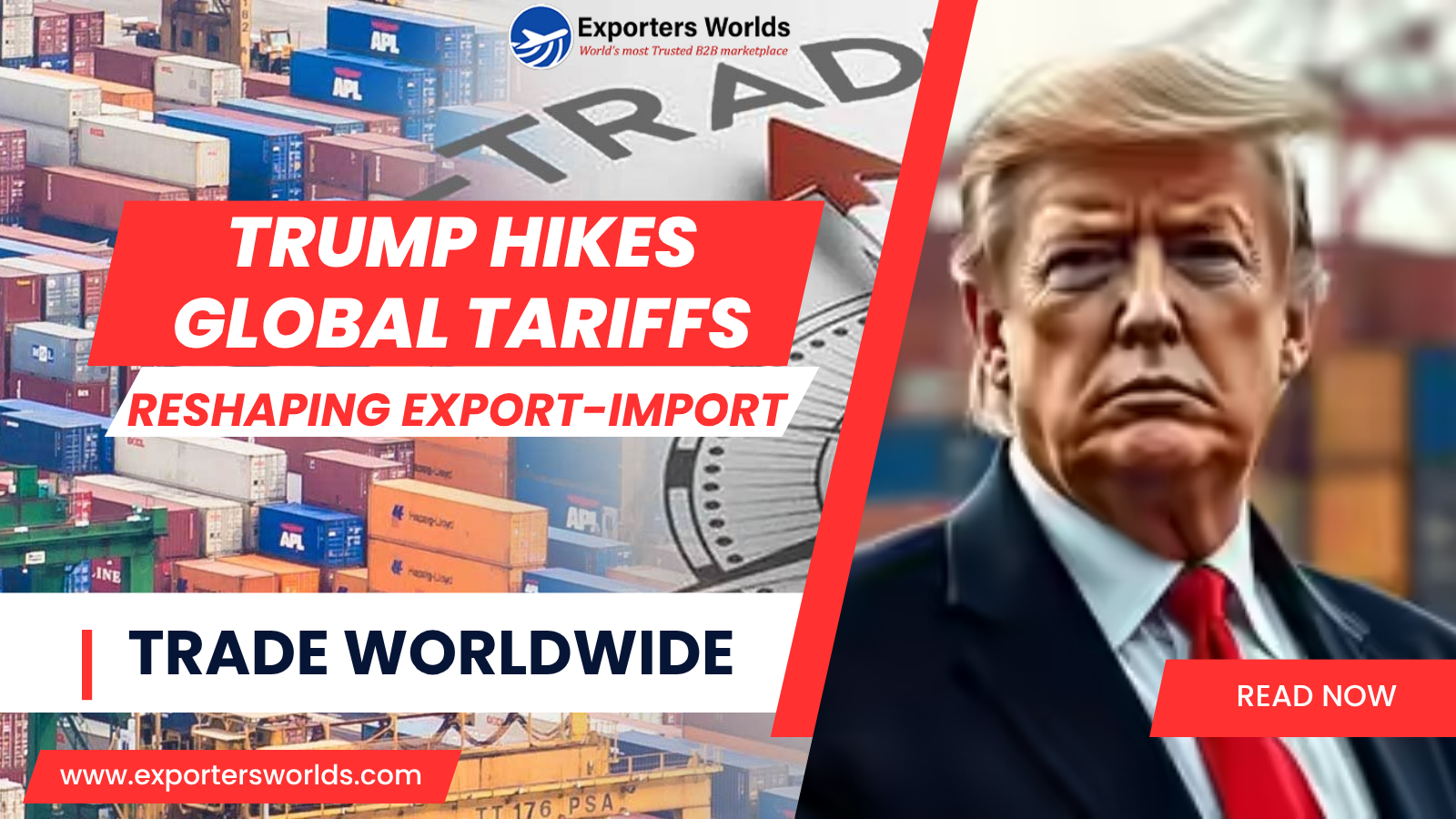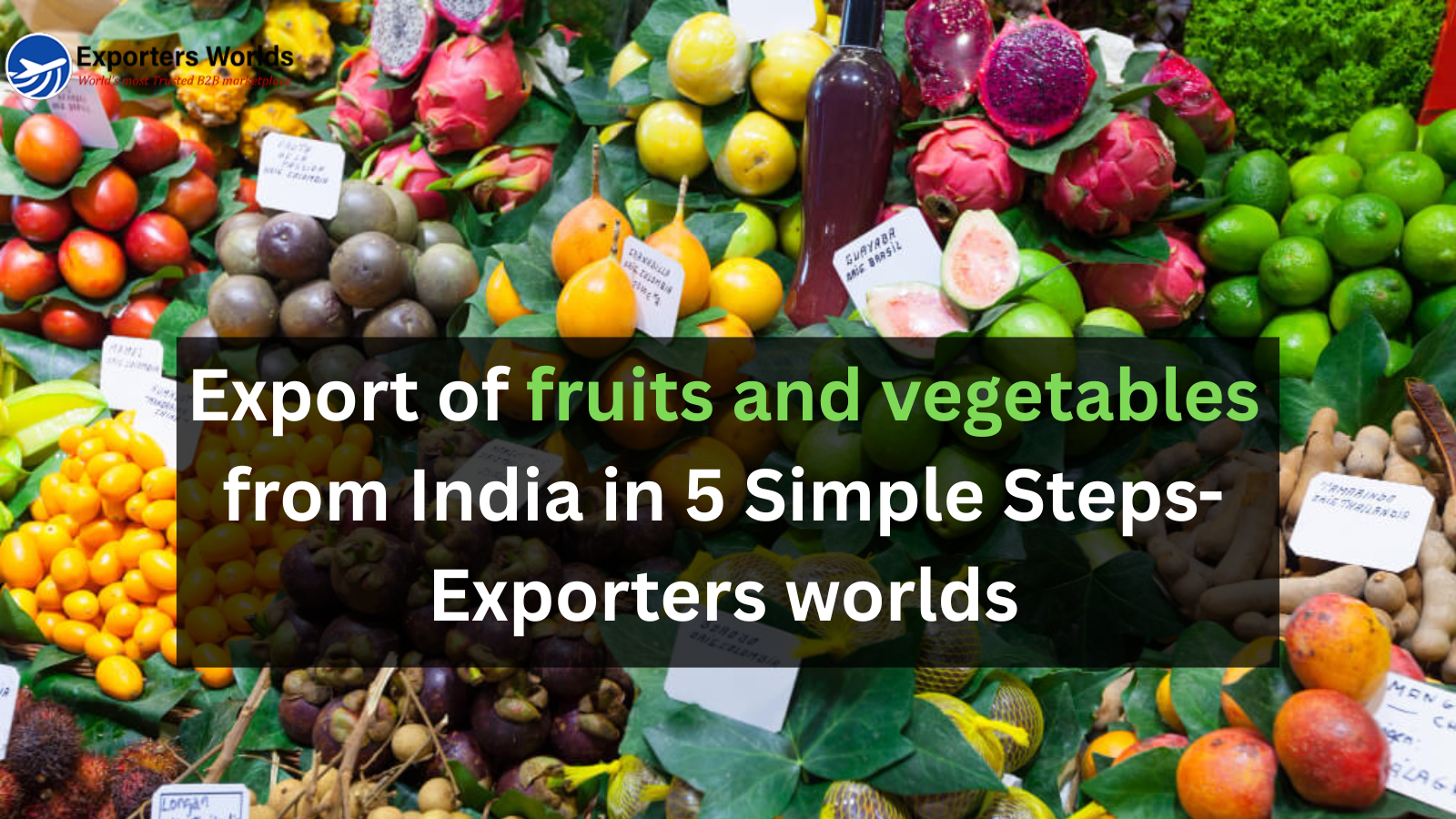Green Coffee Beans vs Roasted Which Is More Profitable for Exporters?

You're fired up to dive into the coffee beans export business—you’ve sourced great beans, maybe even shortlisted potential buyers overseas. But then comes the million-dollar question…
Should you export green coffee beans or roasted ones?
Exporters worldwide get stuck right here. Some burn cash trying to roast their way to profits. Others play it safe, only to be left wondering if they’re missing the “big break.”
The truth? Green vs roasted coffee beans isn’t just a product choice—it’s a business model decision.
And choosing wrong? That could sink your margins, sabotage shipments, or leave your buyers unresponsive.
This is your real-world, numbers-backed, brutally honest breakdown of which path wins—and for whom.
Raw and Ruthless: The No-Nonsense Profit Potential of Green Coffee Beans
Let’s start with the quieter giant in the export world: green coffee beans for export.
Green beans aren’t fancy. They don’t smell like espresso. But they offer what new exporters need most—stability, scalability, and shelf life.
Here’s why green is gold for first-timers and volume-driven players:
-
12–24 months shelf life: Gives you breathing room for logistics
-
Low processing costs: No roasting machinery, no packaging headaches
-
Bulk shipping: Up to 21 tons per container
-
Import-friendly: Most global roasters prefer green beans they can roast themselves
Now, if you're wondering how to export green coffee beans from India, here’s a mini map:
-
Get an IEC (Import Export Code)
-
Register with APEDA
-
Build sourcing relationships with estates (Chikmagalur, Coorg, Araku)
-
Tap into verified buyer networks
Green beans don’t demand branding—but they reward consistency. One Kerala-based exporter scaled from 4 tons to 60 in just 18 months using this exact strategy.
The Sizzle and Strain of Roasted Coffee Beans: Worth the Margin or Madness?
Now here’s where it gets tempting: roasted beans. Every aspiring exporter dreams of becoming one of the best roasted coffee beans suppliers for B2B trade—after all, the markup is juicy.
But… there’s a flip side.
The roasted route demands:
-
Capital investment: Roasting units, nitrogen-flushed packaging, barcoding
-
Regulatory hustle: Lab tests, export labeling, faster customs clearance
-
Shelf-life pressure: You’ve got 2–3 months before quality dips
-
Buyer behavior: They expect perfection. Every. Single. Batch.
Let’s not sugarcoat it—roasted coffee beans suppliers walk a tightrope. Yes, the profits can be higher. But the risks? They hit faster and harder.
And if you're not managing logistics, inventory, and buyer expectations like a pro, you're not competing. You're just bleeding.
Profit Face-Off: What the Real Numbers Say About Green vs Roasted
This isn’t about dreams. It’s about digits. If you’re weighing green vs roasted coffee beans for export profitability, you better know what you're signing up for.
|
Element |
Green-Coffee Beans |
Roasted Coffee Beans |
|
Avg. FOB Price/kg |
$2.00–$2.30 |
$5.50–$6.20 |
|
Weight-Loss (Post-Process) |
None |
18–22% during roasting |
|
Shelf Life |
12–24 months |
2–3 months |
|
Shipping Volume |
19–21 tons/container |
14–17 tons/container |
|
Buyer Demand |
Global roasters |
Boutique cafes, retail B2B |
|
Operational Complexity |
Low |
High |
So, is roasted worth it?
Only if you’ve got infrastructure, a brand narrative, and a support system that understands logistics, buyer trends, and import laws. Without that? You're playing a costly guessing game.
One Risky Shift: A Cautionary Case Study from the Roasting Trenches
Let’s talk about Manoj, a thriving green bean exporter from Coorg. In 2022, flushed with success, he decided to transition into roasted beans. Hired a small team, bought mid-range roasting equipment, built a new brand identity… and launched.
The result?
-
30% shrinkage in export volume
-
Roasted batches rejected by EU buyers due to inconsistent flavor
-
Shipping delays due to updated labeling laws in the destination country
-
Losses in three consecutive quarters
In 2024, Manoj quietly returned to his old model—green, consistent, and volume-driven.
This isn’t to scare you. It’s to remind you: profit isn’t in fancy packaging. It’s in strategy.
Global Shifts in the Coffee Trade Game: Why Exporters Must Watch Closely
If you’ve been keeping an eye on trade patterns lately, you’ll notice a few big waves forming:
-
India exported over 240,000 metric tons of green beans in FY 2024—up by 9.8% YoY
-
EU has ramped up roasted bean import checks, especially on shelf-life and labeling accuracy
-
Traceability has become a non-negotiable—over 40 nations now demand it
-
Eastern Europe and UAE show rising interest in direct-sourced green beans
-
FOB prices for roasted beans fluctuate by 15–18% within 90-day windows
Exporters aligned with real-time data, trend forecasting, and regulatory updates are navigating these shifts profitably. Others? They're improvising—at their own cost.
Three Facts Every Coffee Exporter Must Know Before Choosing Their Product
-
Green beans retain full shipping weight—roasted beans shrink by nearly 20%
-
More than 80% of India's coffee exports are green, not roasted
-
Traceability platforms are now mandatory in over 40 countries for roasted coffee imports
Mastering the Process: A Step-by-Step Guide to Coffee Beans Export Business
Whether you’re going green or roasted, your backend must be airtight. Here's a proven workflow:
-
Compliance First: Register with APEDA, get your IEC, FSSAI approvals
-
Sourcing Channels: Choose certified farms, co-ops, or verified estate aggregators
-
Market Alignment: Research country-wise import preferences and documentation
-
Product Decision: Choose between green or roasted based on capabilities
-
Trade Visibility: Build product listings across trusted B2B channels
-
Freight Strategy: Partner with logistics pros who know perishables
-
Post-Sale Support: Stay in contact post-shipment—it's where repeat business lives
This isn’t theory. It’s a step-by-step guide to coffee beans export business that’s working for hundreds today.
Where Can You Source in Bulk and Still Sleep Peacefully at Night?
India’s got the beans. You just need to know where—and how—to buy smart.
If you’re serious about finding where to buy bulk coffee beans wholesale for export, focus here:
-
Chikmagalur, Karnataka – Known for shade-grown Arabica
-
Coorg (Kodagu) – Ideal for robusta and organic variants
-
Araku Valley, Andhra Pradesh – Emerging tribal-farmed estates
But sourcing is just the beginning. It’s who you source through, how you vet suppliers, and what quality guarantees you lock in that makes the difference. Smart exporters now rely on digital ecosystems to handle this—no guesswork, no middlemen drama.
Green or Roasted? It Was Never Just About the Beans
Let’s end with this:
Your profitability doesn’t lie in the bean. It lies in your supply chain, your buyer network, your compliance systems, and your ability to stay agile in a shifting trade environment.
If you’re a lean startup with limited capital, green coffee beans for export might just be your safest bet.
If you’ve built a roasting infrastructure and understand flavor profiling, roasted coffee beans suppliers do have a high-margin niche.
But either path needs access—to buyers, to verified suppliers, to trend insights, and to real-time trade tools.
That’s where Exporters Worlds comes in—quietly powering exporters behind the scenes. Not by selling beans. But by helping you build an empire out of them.



